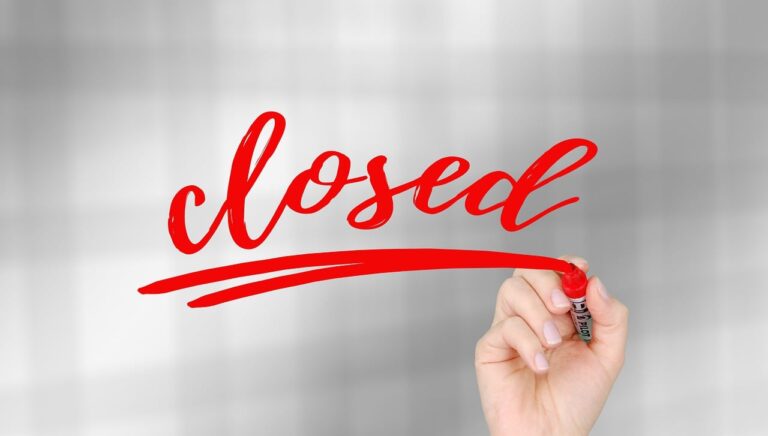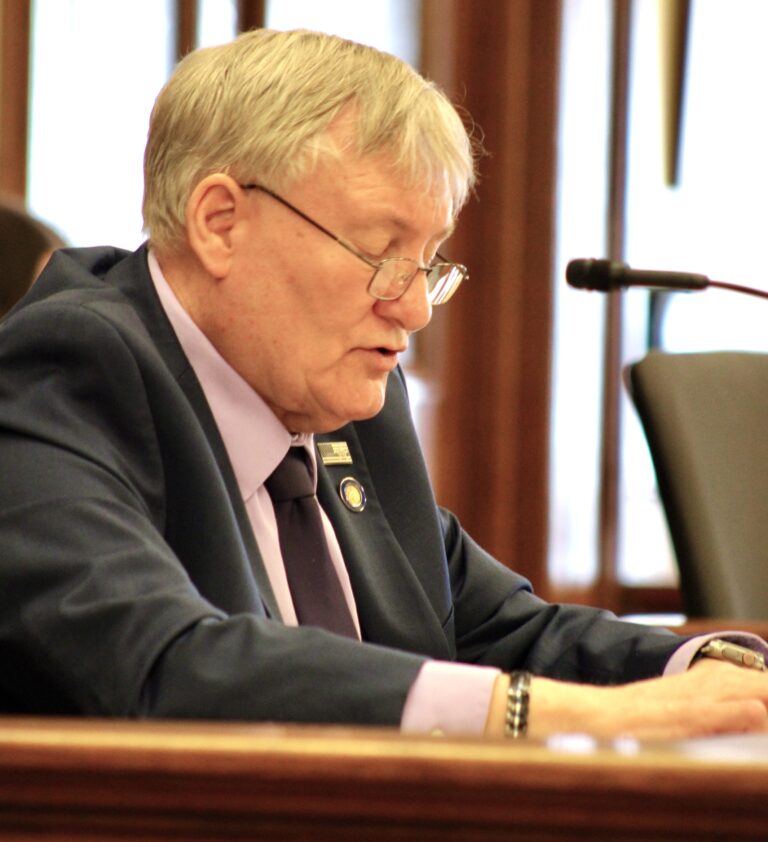Weekly Fiscal Facts are provided to Wisconsin Newspaper Association members by the Wisconsin Policy Forum, the state’s leading resource for nonpartisan state and local government research and civic education. The Wisconsin Policy Forum logo can be downloaded here.
In seeking approval to exceed state revenue limits in an April 2 referendum, Milwaukee Public Schools and its supporters can cite the district’s many challenges, such as a past lack of growth in revenue limits, workforce hurdles, and rates of students in poverty and with special learning needs.
At the same time, a Wisconsin Policy Forum report finds that questions can be raised about how district leaders have set the stage for such a large ask from voters. Questions include how and if the district plans to adjust facilities and staffing in light of declining enrollment — and whether the additional funding would expand educational offerings, or simply maintain the district’s status quo.
Four years after approving a 2020 referendum that allowed Milwaukee Public Schools (MPS) to exceed state-imposed revenue limits by $87 million, voters again will be asked to back increasing property taxes. As with other issues, the Forum is not advocating for or against the referendum’s passage. Our intent with this report is to frame for Milwaukee voters how they might consider this critical matter, based on more than a decade of reviews of MPS’ budget and finance.
A key impetus for the referendum is a $200 million budget shortfall projected by MPS officials for 2025. There are several key unknowns – detailed in the report — that make it difficult to independently evaluate this projection. What is clear, based on previous Forum analysis, are the longstanding trends that constrain MPS finances. MPS’ main sources of revenue – state general aid and local property taxes – are capped by state-imposed limits. These limits have lagged inflation over the past two decades, leaving the district with fewer total dollars to educate students.
In 2004, MPS received $793.5 million in funding subject to revenue limits, or $1.31 billion when adjusted for inflation. That was 45.5% more than the $903.2 million projected for MPS in 2024 even after including a state per pupil aid allocation that falls outside the revenue limit. The biggest reason for MPS’ revenue decline has been the district’s loss of enrollment due to a variety of factors, including competition from independent charter and state-funded voucher schools. MPS’ enrollment has fallen from 98,663 students in 2004 to 67,577 this year, a reduction of 31.5%.
Examining MPS’ revenues on a per pupil basis reveals a picture that is not as alarming. The passage of the 2020 referendum has brought core per pupil funding in the district to $13,366 in 2024, which is slightly higher than the inflation-adjusted $13,319 it received in 2004.
Student need also is an important consideration when assessing funding levels. Among 20 peer districts in Wisconsin, MPS serves by a wide margin the highest percentage of students from economically disadvantaged backgrounds, or with disabilities.
Taxpayers would not be responsible for the referendum’s full revenue boost, as a portion would come from increased state aid. According to MPS projections, after rising $97.4 million in 2025 (at a cost of $432 for the owner of a $200,000 property), MPS’ levy would increase by an estimated $10 million each year in 2026, 2027, and 2028.
Ultimately, compelling arguments can be made both to justify and question the April referendum, leaving voters with much to consider. We hope our report helps better frame the decision they must make — and perhaps invites MPS leaders to answer critical questions before April 2.
This information is a service of the Wisconsin Policy Forum, the state’s leading resource for nonpartisan state and local government research and civic education. Learn more at wispolicyforum.org.



